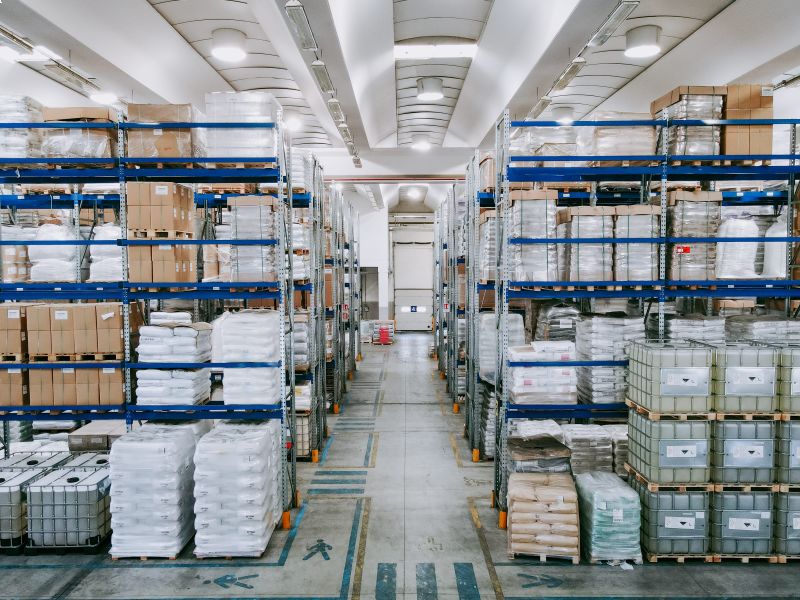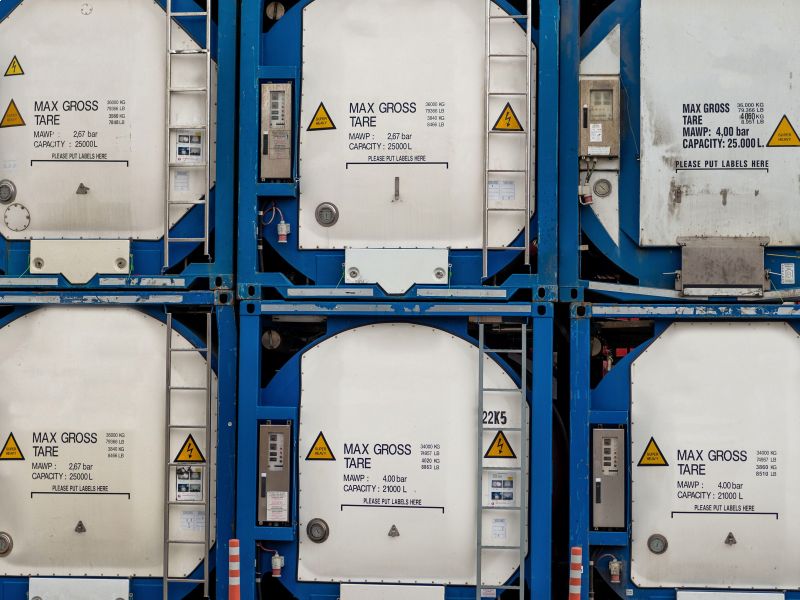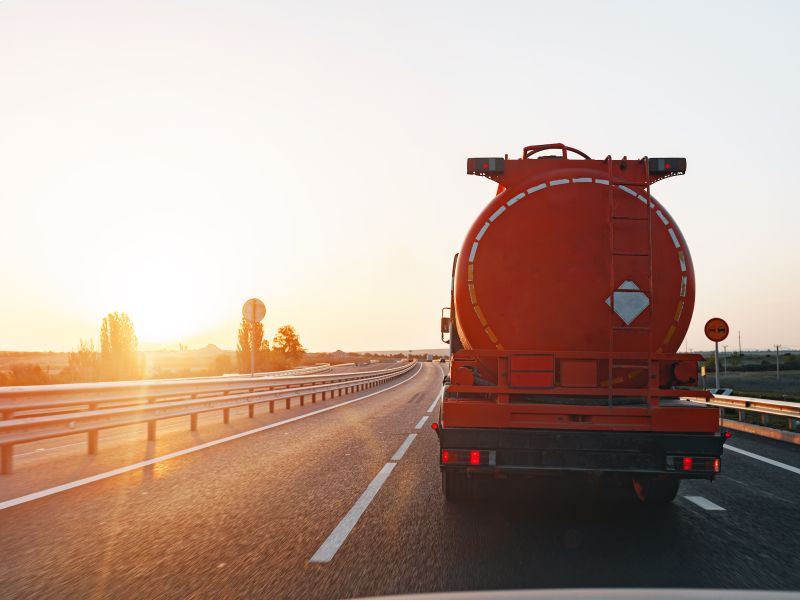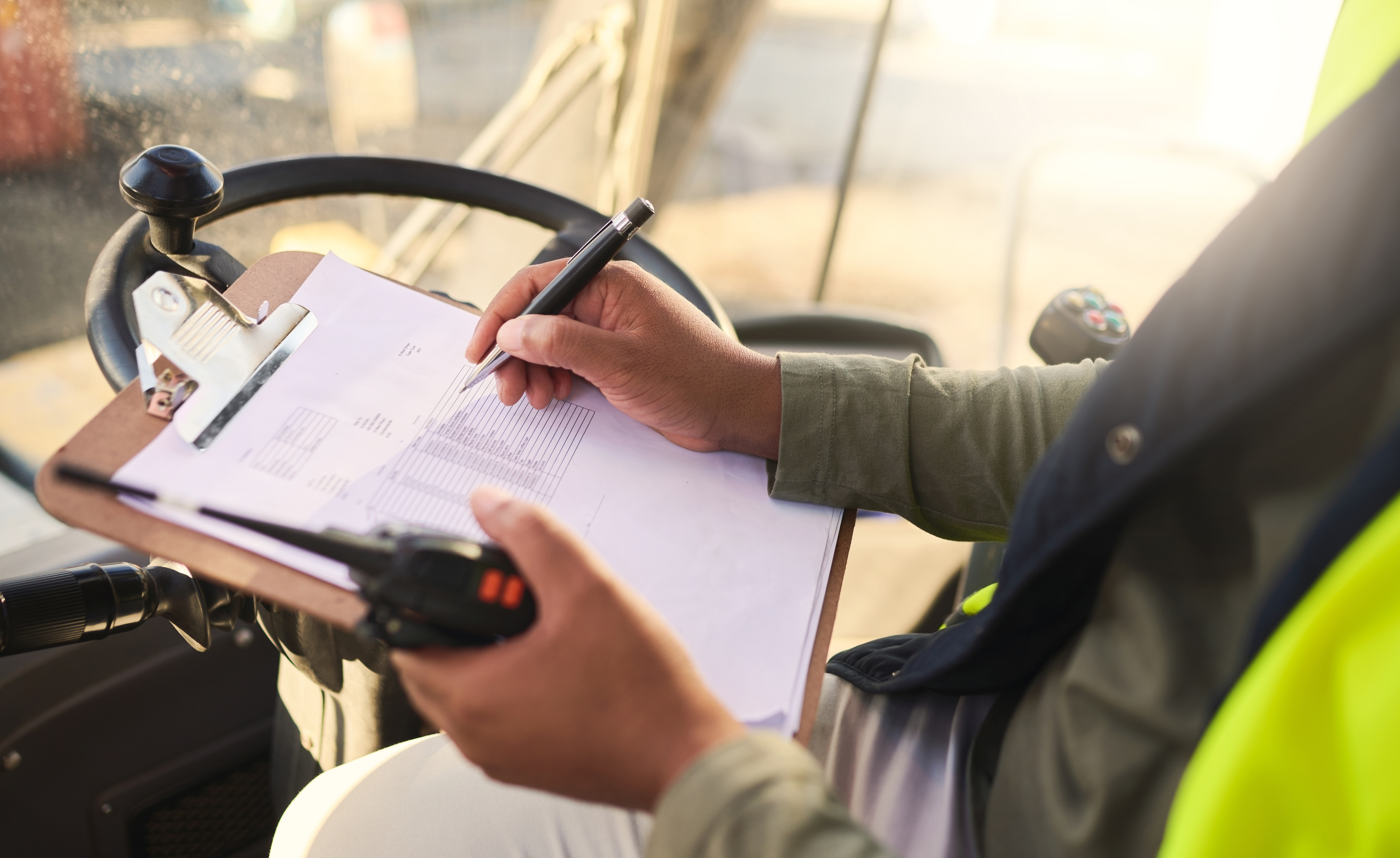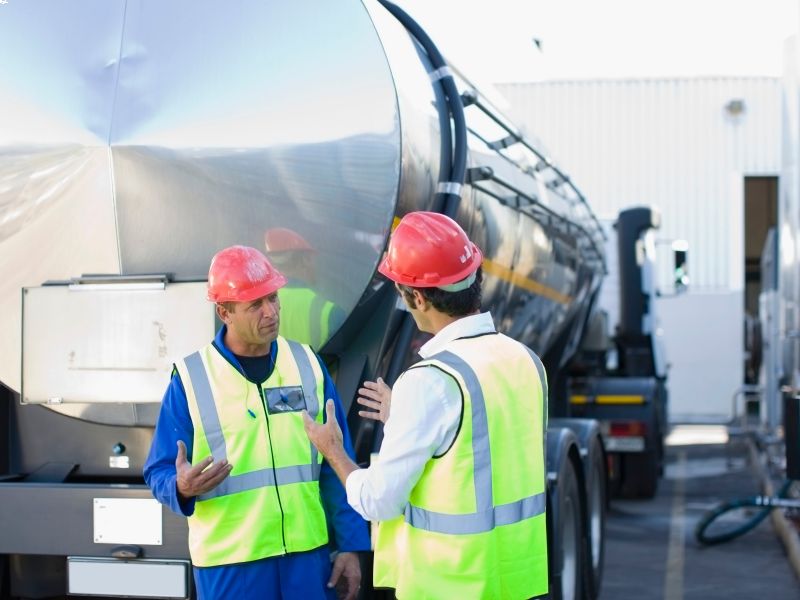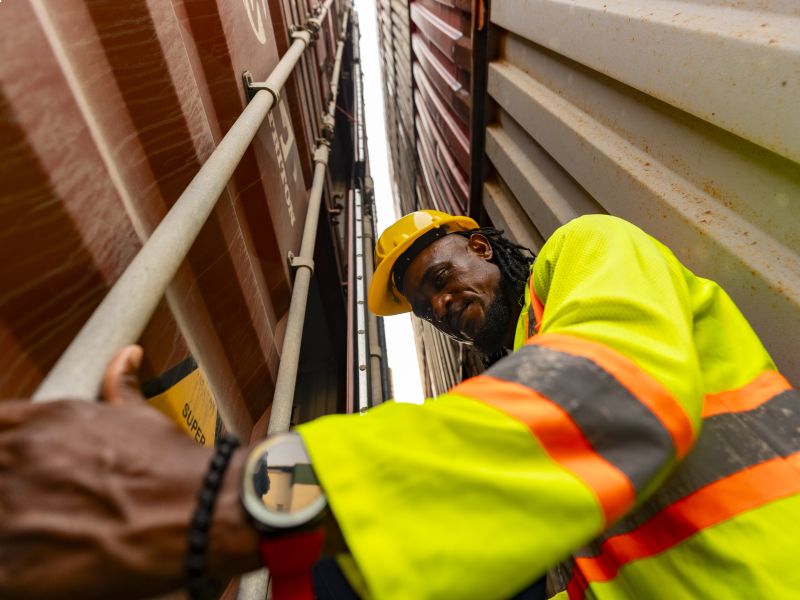Dangerous Goods Packaging: Rules, Types and Safe Solutions.
Transporting chemicals, flammable or toxic substances is never simple. Even before shipping, the packaging phase of dangerous goods is what really makes the difference: even the smallest mistake can compromise the safety of those handling the packages, endanger the environment, or lead to heavy penalties for the company.
This is why knowing the rules, the types of packaging required, and the importance of relying on industry professionals is essential to operate in full compliance and without risks.
Why Dangerous Goods Packaging Is Essential
Packaging is not just a container: it is a true protective barrier. Proper packaging of dangerous goods prevents harmful substances from leaking during transport, reacting with other materials, or compromising people’s safety. Think, for example, of an unsealed container for flammable liquids or a non-reinforced package for corrosive substances: the risks would be extremely high.
In addition to protecting people and the environment, correct packaging also safeguards the company, ensuring safe, timely, and dispute-free shipments.*
Regulations on Dangerous Goods Packaging
Dangerous goods packaging is subject to strict regulations that vary depending on the mode of transport:
- ADR for road transport in Europe
- IATA for air transport
- IMDG Code for maritime transport
These regulations define:
- the characteristics packaging must have (resistance, impermeability, absorption capacity, sealing);
- the mandatory tests (resistance to impacts, vibrations, drops, pressure variations);
- the hazard labels and markings to be affixed on each package.
Without compliance with these rules, shipments cannot be accepted and companies risk administrative or criminal penalties.
Types of Dangerous Goods Packaging
Depending on the level of risk and the nature of the substance, packaging is classified into:
- Group I, II, and III, for high, medium, and low hazard levels respectively;
- Steel or high-density plastic drums, suitable for flammable, corrosive, or toxic liquids;
- Cylinders and pressure containers, essential for compressed or liquefied gases;
- Composite packaging, combining different materials (e.g., plastic and metal) to increase resistance and safety.
Each package must be selected not only based on its content but also on transport conditions: temperature, humidity, distance, and means of transport.
Rely on Professionals for Dangerous Goods Packaging
Correctly packaging hazardous products is not something that can be improvised. Certified materials, technical know-how, and ongoing training on regulations are required.
Relying on professionals means being certain that every step, from packaging choice to documentation management, is carried out safely and in compliance. A specialized partner like Corsini ensures traceable shipments and reduces risks.
For safe shipments in full compliance with regulations, rely on Corsini Logistica & Trasporti: complete solutions for dangerous goods packaging and risk-free document management.
News.
STAY UP TO DATE ON HAZARDOUS GOODS AND THE CHEMICAL SECTOR
The world of hazardous goods transportation is constantly evolving, as are the regulations affecting the shipment and logistics of hazardous substances and chemicals. Stay up-to-date with our industry articles.

 Registered office: Viale Etiopia, 5 - 20146 Milano (MI)
Registered office: Viale Etiopia, 5 - 20146 Milano (MI)






